Craft fellows
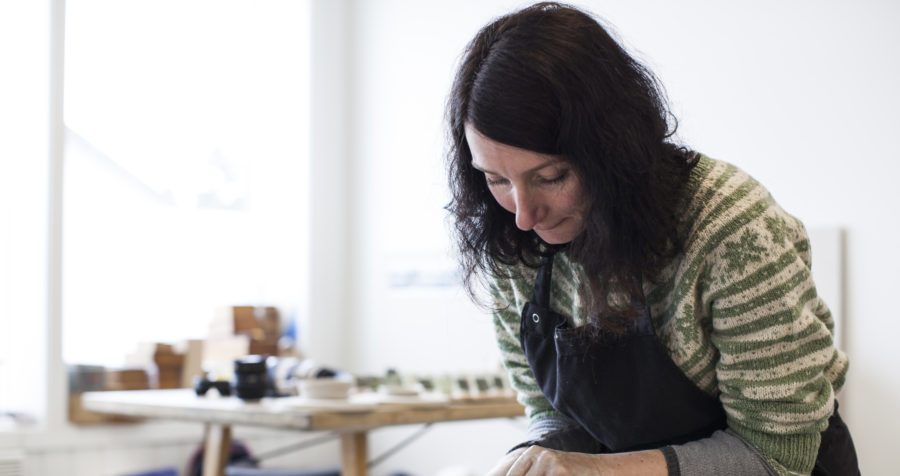
Background
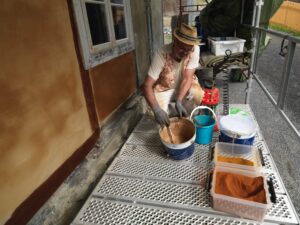
Painter and artist Bent Erik Myrvoll. Photo: Norwegian Crafts Institute
In a time of technological changes and new ways of consumption, our needs and ways of using cultural artifacts like tools, clothes, jewelry, instruments, houses and so forth, changes. This has had a big influence on how the crafts are being practiced and the demand of artisan services. The decline in active professionals mean a decline in master artisans and fewer apprentices, and this again makes a threat to the very knowledge safeguarded by the constant practice of these crafts through generations.
Stipendiatordningen for tradisjonelt håndverk (The scholarship of traditional crafts/Crafts fellows) is a funding by the Norwegian state for professional artisans – or crafters – to further develop specialization through research in the field of their craft through a 3 year scholarship.
Objectives
As a response to the needs of museums and others with responsibility of protecting our tangible heritage, Stipendiatordningen, was created back in 1995 as an attempt to capacitate artisans to historically informed craftsmanship. The work of these fellows has later been important to the restoration of important cultural monuments like the stave churches.
Stipendiatordningen also responds to non-institutional needs, such as:
- the need of specialization at a high performing level,
- the need for master artisans to lift and discuss complex issues inherent to each craft,
- the need to inspire new apprentices
- the need to consider the tradition (historic practice) as a part of the contemporary practice and the historic practice as a contemporary practice.
While the educational system of Norway in general has developed towards a higher degree of specialization and longer studies, the crafts have not seen the benefit of this. The role of the scholarship is to provide a way for high-level artisans to keep expanding their competence in the same way as the artistic performing artist has had within the institutions.
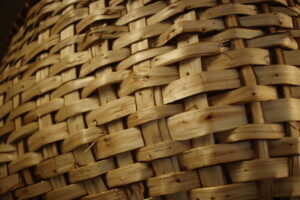
Basket from basketmaker Hege Iren Aasdal
How it was done
The scholarship currently includes 6 fellow positions that run through a 3 year period. This means that every year two new positions are vacant, and gives the possibility to address needs within particular crafts or of particular artisans. The craftspeople do not get a formal academic degree, but has to deliver an extensive written, oral and practical exam at the end of their project.
The content of the scholarship is structured around a central theme and research question. Artisans are expected to base their projects on material, visual, written and, especially, living sources, doing research through the knowledge of others as well as through personal experiences in practical work. A central part of the philosophy behind this scholarship is that it should enhance the knowledge in the craft, more than the knowledge of the craft.
Given time and economic security, the artisans have the possibility to develop central projects aimed particularly at the expanding of knowledge of materials, techniques, historical informed practices, esthetic ideals, cultural dimensions of artifacts, functional understanding, etc. Through the Norwegian Crafts Institute they also have a platform for communicating the different aspects of their work, through lectures, guidance and publications.
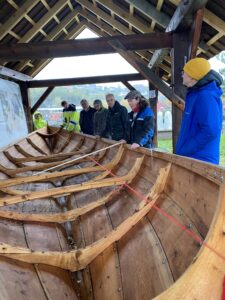
Boatbuilder Berit Osmundsen
The artisans represent an amazing variety of crafts, and been working all over Norway and abroad.
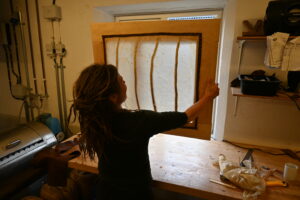
Tanner Sofie Kleppe demonstrating a so called “Skjå”: a window made of prepared skin
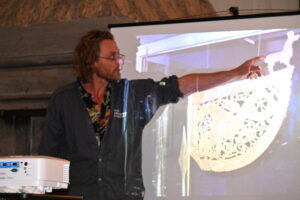
Woodcarver Boni Wiik
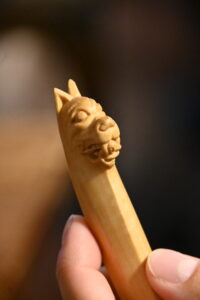
Detail made by Boni Wiik
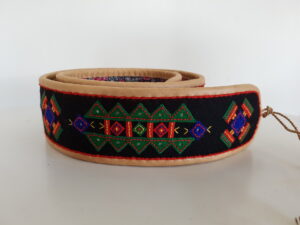
Sami craft, Duodji ,by Jorunn Løkvold
Key factors
1. The artisans
Finding professionals that wish to dive into the traditional performing of their craft.
2. Flexibility
Adjust content to each craft and each project.
3. Methodology
Building competence in how to do research in crafts.
4. Diversity
Representing the diversity of the crafts.
5. Understanding
Building understanding of the importance of practical cultural knowledge among decision makers and society alike.
